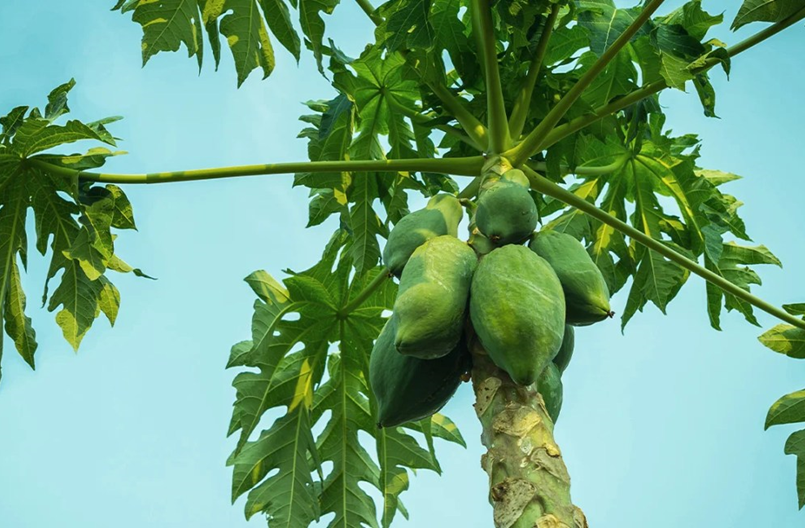ALL YOU NEED TO KNOW ABOUT GARLIC
Garlic is a widely used plant in cooking and medicine. It has a strong flavor and aroma, and it’s known for its health benefits. Here’s everything you need to know about garlic:
Thank you for reading this post, don't forget to subscribe!1. Curinary uses
- Garlic is a key ingredient in many cuisines, adding depth and flavor to dishes. It is used in a variety of forms:
- Fresh garlic: Chopped, minced, or sliced.
- Garlic powder: Dehydrated and ground into a fine powder.
- Garlic paste: Garlic mashed into a smooth consistency, often with oil or water.
- Garlic oil: Used in cooking or as a condiment.
- It pairs well with meats, vegetables, pasta, and sauces.
- Roasting garlic softens its flavor, making it sweeter and milder.
2. Nutritional Value
Garlic is low in calories but rich in vitamins and minerals, including:
- Vitamins: B6, C, and small amounts of others like folate and thiamine.
- Minerals: Manganese, calcium, phosphorus, and selenium.
- Antioxidants: Garlic contains compounds such as flavonoids, phenolic acids, and sulfur compounds that help reduce oxidative stress in the body.
- Allicin: The key bioactive compound in garlic, known for its pungent odor and numerous health benefits.
3. Health Benefits
- Boosts Immune System: Garlic has antibacterial, antiviral, and antifungal properties, which help fight infections and strengthen the immune system.
- Heart Health: Regular consumption may lower blood pressure, reduce cholesterol levels, and improve overall cardiovascular health. It has been linked to a reduced risk of heart disease.
- Antioxidant Properties: Garlic contains antioxidants that protect the body from free radicals, which can cause cell damage.
- Anti-Inflammatory Effects: Garlic has natural anti-inflammatory properties that may help alleviate symptoms of conditions like arthritis.
- Cancer Prevention: Some studies suggest that garlic may help reduce the risk of certain cancers, particularly stomach and colorectal cancers, due to its sulfur compounds.
- Detoxification: Garlic is believed to help detoxify the body by promoting the excretion of toxins, heavy metals, and other harmful substances.
- Digestive Health: It may improve digestion and protect against gastrointestinal infections.
4. Traditional uses in Medicine
- Cold and Flu Remedy: Garlic has been used for centuries as a natural remedy for colds and flu. It’s believed to work by supporting the immune system and fighting infections.
- Antimicrobial: Its antibacterial and antiviral properties have been used to treat infections and wounds.
5. Garlic and Allicin
- Allicin is formed when garlic cloves are crushed or chopped. It is the compound responsible for garlic’s distinctive smell and many of its health benefits.
- Allicin is highly unstable and dissipates quickly when exposed to heat, which is why consuming raw garlic or using it in cooking methods like roasting may reduce its potency.
6. Garlic in Supplements
- Garlic supplements, such as garlic oil, garlic extract, or aged garlic supplements, are available for those seeking to harness its benefits without consuming large amounts of fresh garlic.
- These supplements are often used to support heart health, reduce cholesterol, and support the immune system.
7. Side Effects and Precautions
- Bad Breath and Body Odor: The sulfur compounds in garlic can cause persistent odor, sometimes affecting breath and sweat.
- Gastrointestinal Issues: In large quantities, garlic may cause digestive issues like bloating, heartburn, or upset stomach.
- Blood Thinning: Garlic may act as a natural blood thinner. Those on blood-thinning medications should consult with a healthcare provider before increasing their garlic intake.
- Allergic Reactions: Some people may have a garlic allergy, which could result in skin rashes, stomach upset, or other symptoms.
8. Growing Garlic
- Climate: Garlic grows best in cool climates but can be grown in most regions.
- Planting: Garlic is usually propagated from cloves rather than seeds. It is typically planted in the fall for a summer harvest.
- Care: Garlic requires well-drained soil and plenty of sunlight.
- Harvesting: Garlic is usually ready for harvest when the lower leaves of the plant start to yellow and dry out, typically about 8–9 months after planting.
9. Fun Fact
- Garlic has been used since ancient times. The ancient Egyptians, Greeks, and Romans used it not only for cooking but also for medicinal purposes. In Egypt, garlic was even used as a food for workers who built the pyramids to keep them strong.
10. Storage
- Fresh Garlic: Store in a cool, dry place with good air circulation. Avoid refrigerating fresh garlic, as it can cause sprouting.
- Garlic Bulbs: Unpeeled garlic can last for several weeks if stored properly.
- Garlic Cloves: Once peeled, garlic should be used within a few days or stored in the refrigerator for up to a week.
- Preserving Garlic: You can also freeze garlic cloves, make garlic paste, or preserve them in vinegar or oil for longer storage.
Conclusion
Garlic is not only a staple in kitchens worldwide but also a powerhouse of nutrition and health benefits. Whether you’re using it to enhance the flavor of your food or to improve your well-being, garlic remains an invaluable ingredient in both culinary and medicinal contexts.




